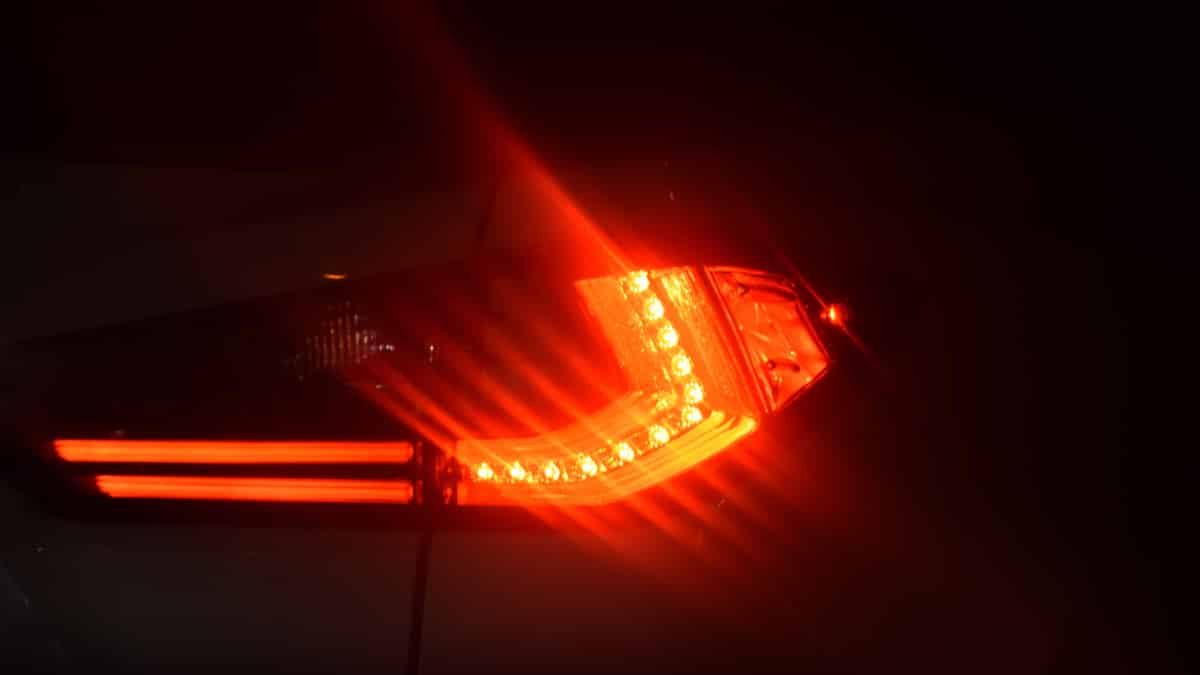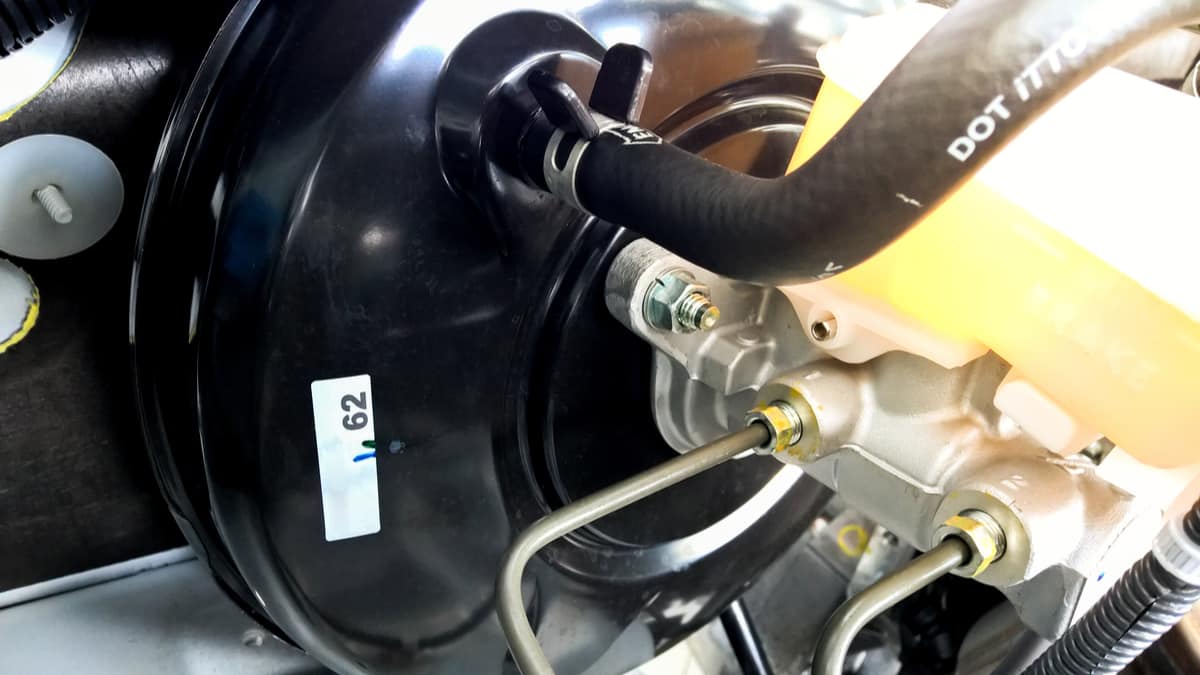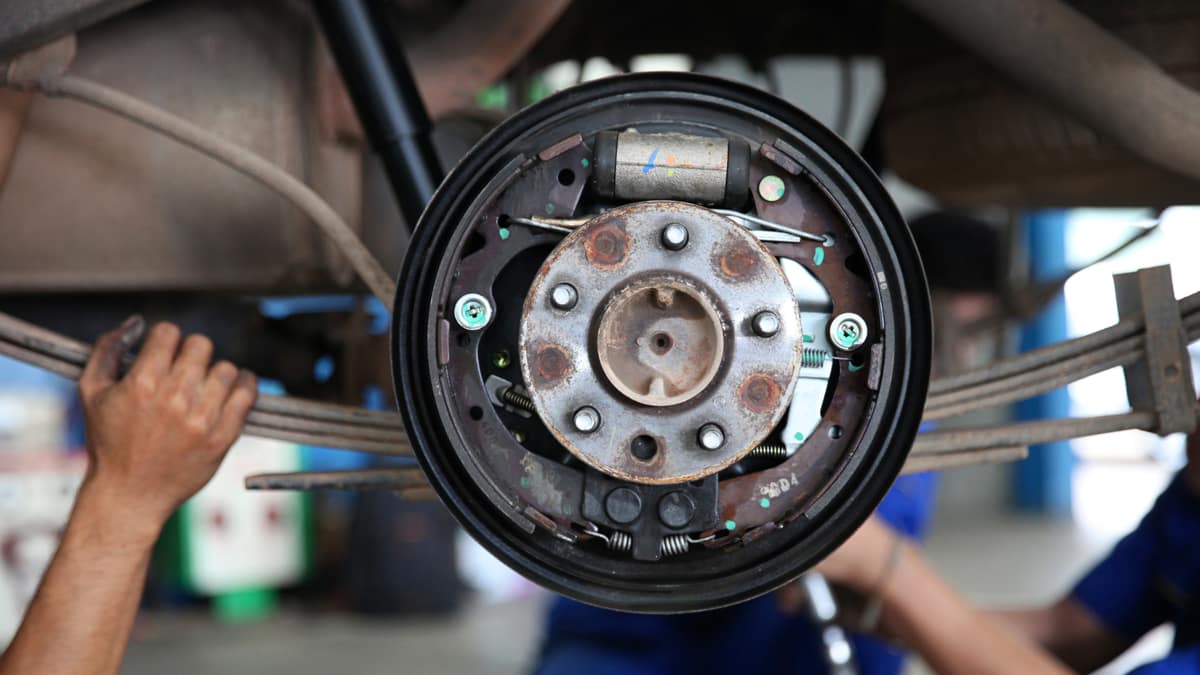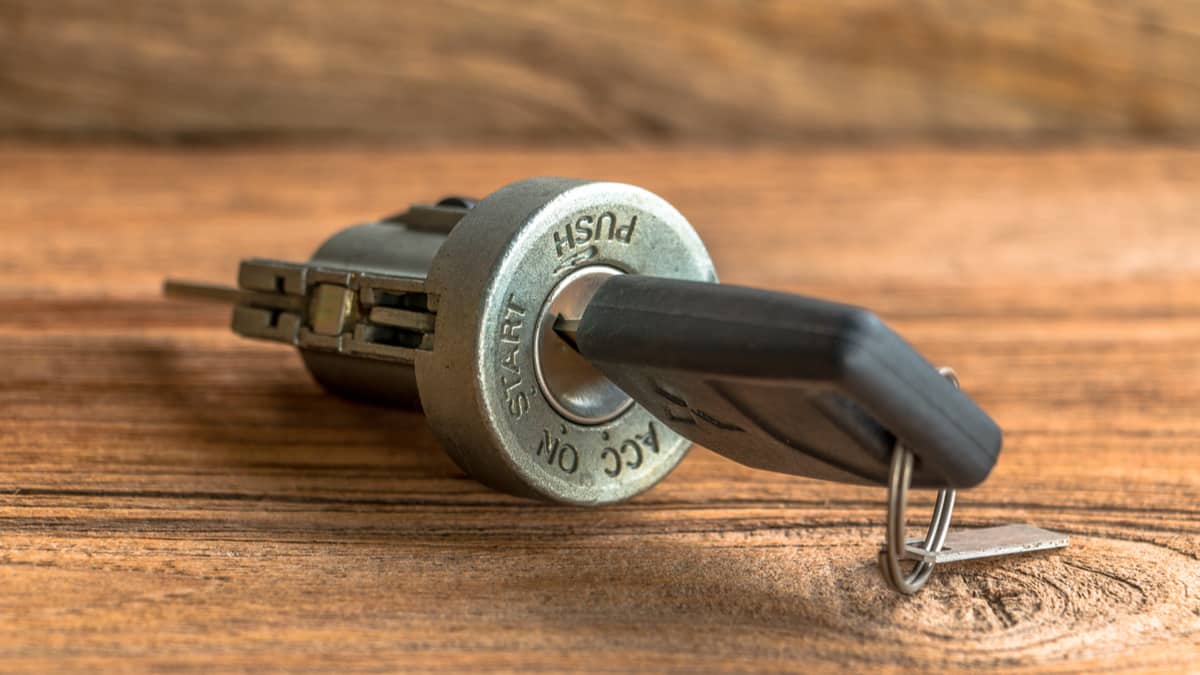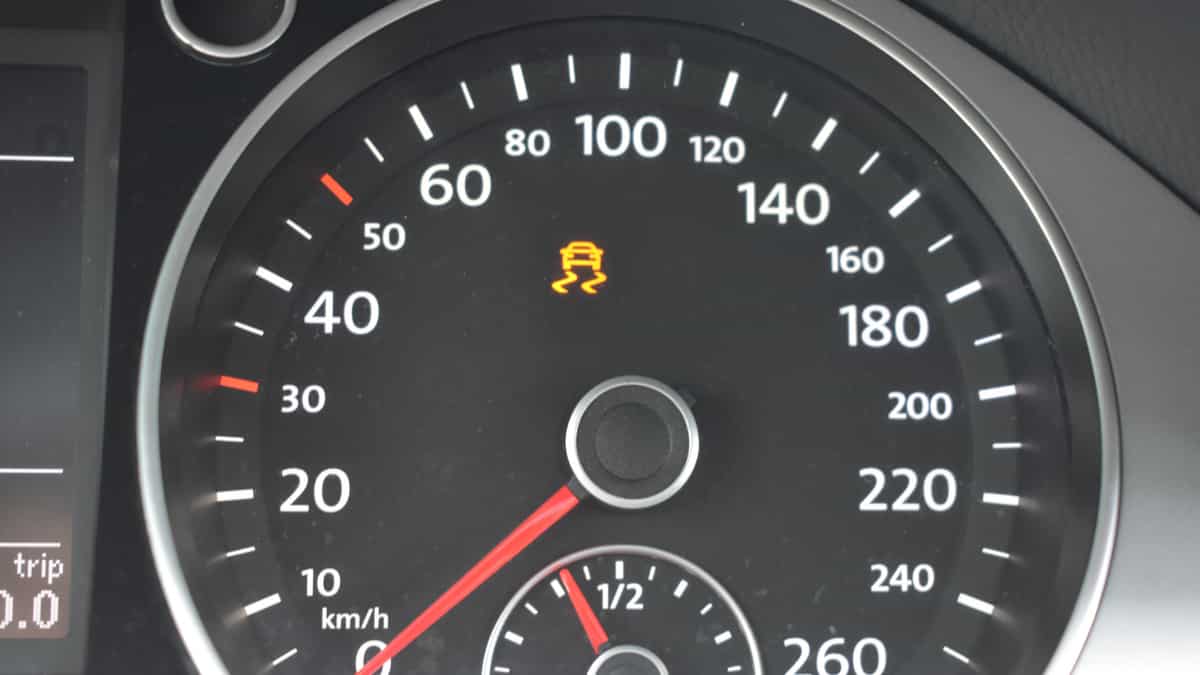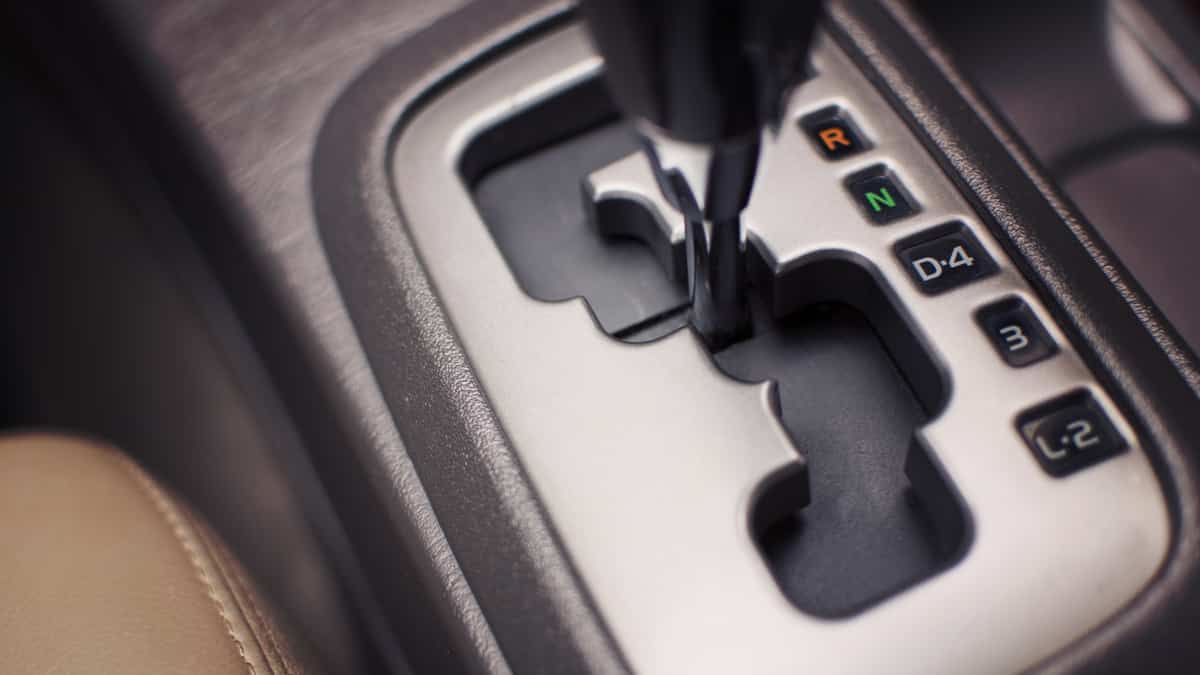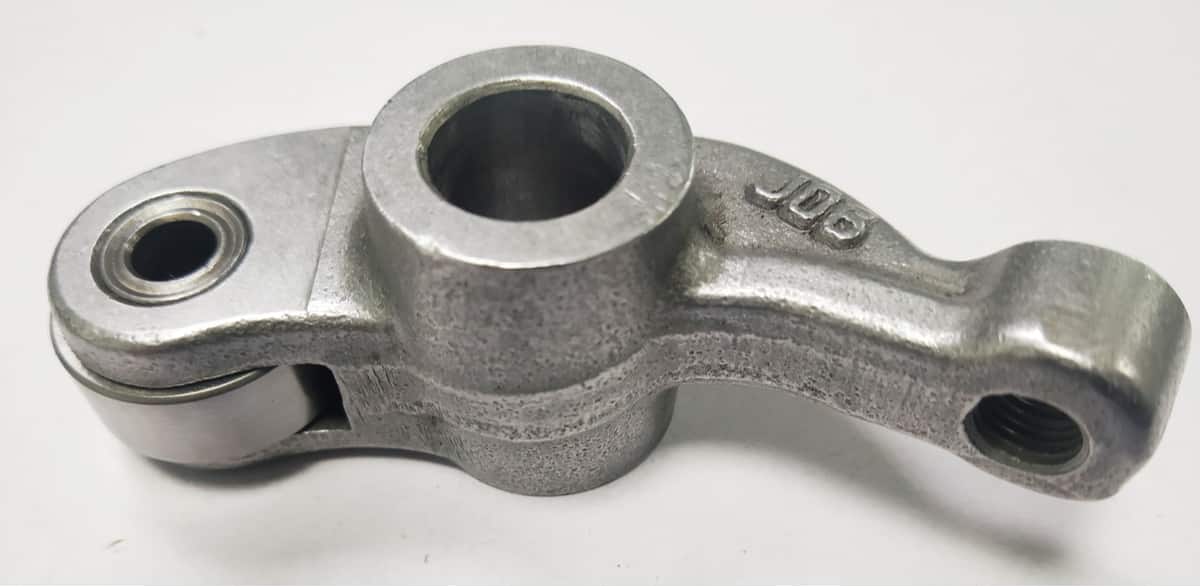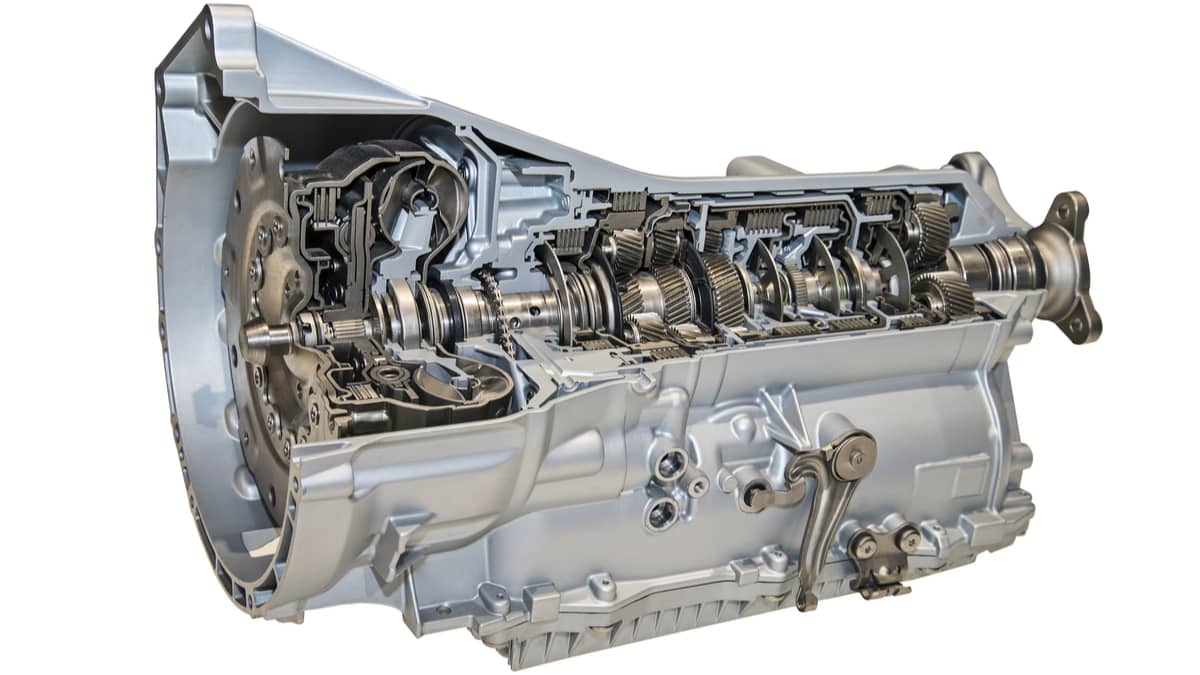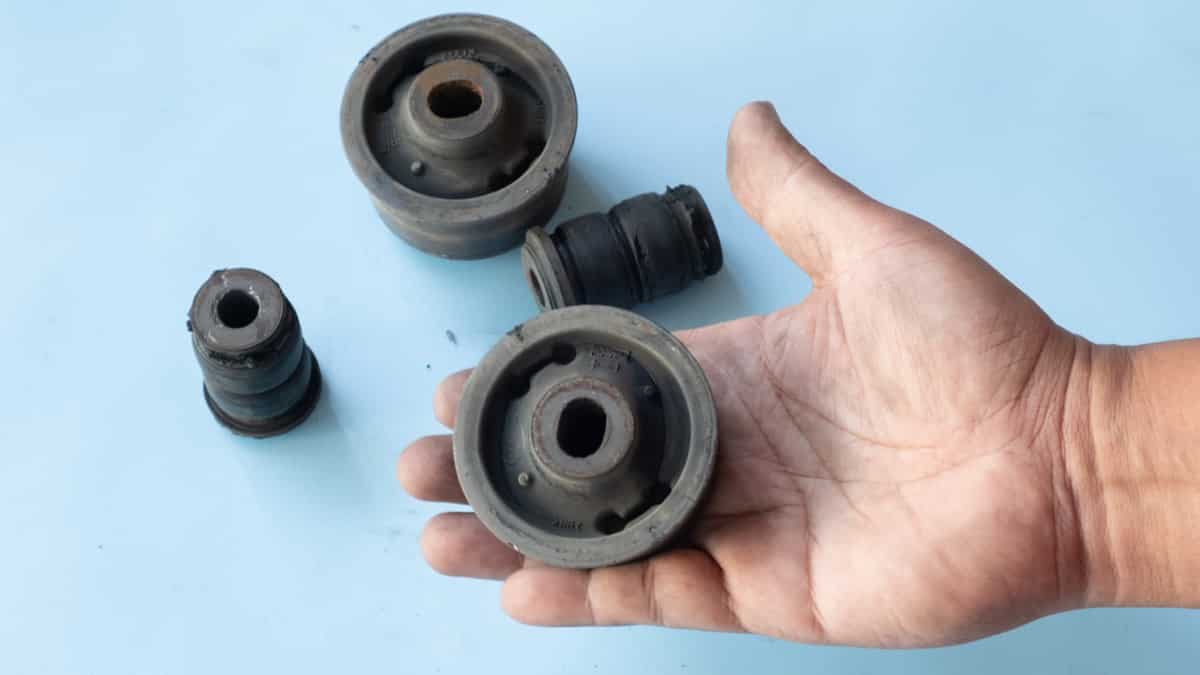Having properly functioning brakes is vital in any vehicle. You do your best to have the brake pads changed and perform a system check occasionally to make sure everything is running right. However, you have no control over the switches and sensors in the system, leaving people to wonder about the symptoms of a bad brake light switch.
With that said, you can diagnose a bad brake light switch and replace it to get functioning brake lights once again. In this guide, we will look at the top symptoms of this failed part and discuss how to test the brake light switch.
Symptoms Of A Bad Brake Light Switch
The most common symptoms of a bad brake light switch are trouble starting the car, malfunctions with the brake lights, issues moving the gear selector, and illuminated dashboard lights.
Here is a more detailed list of the signs of a bad or failing brake light switch to look for:
1. Car Won’t Start

In the traditional keyed ignition, having a bad brake light switch won’t affect your ability to start the car. However, if you drive a vehicle with a push-button start, you might be in trouble.
Because you need to push the brake pedal to start the engine, you may not be able to get it going. If the system doesn’t recognize that you are pushing on the pedal, it’s not going to start.
This can also be true in many car models with an automatic transmission.
RELATED: Car Won’t Start? (10 Reasons & How to Fix it)
2. Brake Lights Stay On

One of the most common symptoms of a defective brake light switch is when the brake lights remain on even after you turn the vehicle off. This malfunction is caused by a short that leads the system to think you are still pushing on the brake pedal.
You don’t ever want to let this situation go. Not only will it wear out the brake lights prematurely, but it also leads to a parasitic drain on the battery.
RELATED: Brake Lights Stay On? (5 Causes & How to Fix it)
3. Brake Lights Won’t Come On
On the other hand, a bad brake light switch can cause the lights to fail. If it’s not functioning at all, you may still want to look at this vital part.
If the switch isn’t reading your movement on the pedal, the lights aren’t going to come on. This poses an on-road danger when other drivers don’t know if you are braking.
4. Gear Selector Can’t Be Moved
To move the gear selector out of Park, you need to have your foot on the brake pedal. If the system isn’t reading your command, you may not be able to move the shifter into another position.
Sadly, this will leave you stranded where you are. If you can replace the switch at the location you are at, you can get back on the road.
5. Illuminated Dashboard Warning Lights
Because the brake light switch is a part of several systems, multiple dashboard lights can come on when it malfunctions. The most common lights are the ABS or Traction Control.
However, it’s also possible to see the Check Engine Light. This normally only comes on if you are having trouble getting the vehicle started because of the brake switch. Any light that is illuminated should be taken seriously and checked out right away.
Brake Light Switch Location
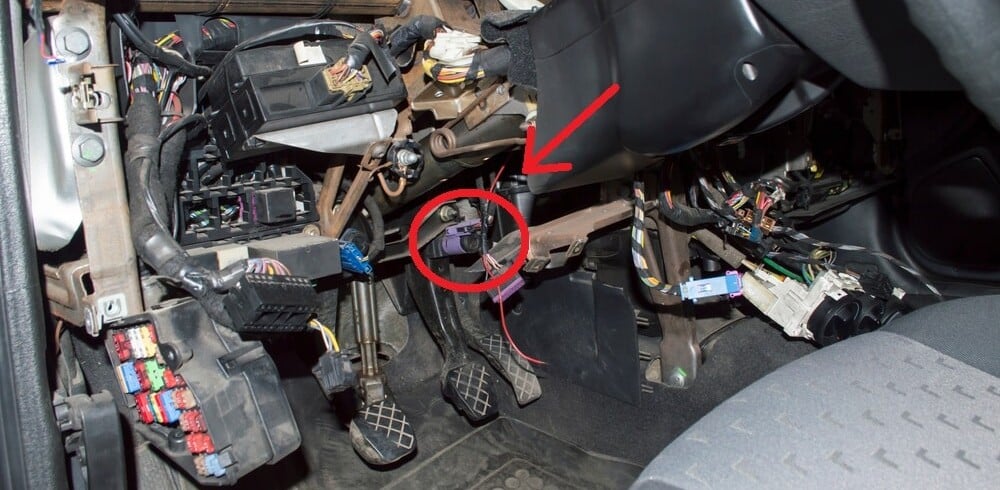
The brake light switch is found within the brake pedal assembly. You will find it located under the firewall or dashboard. It is found at the pedal lever’s top. This location is easy to access, making replacement much easier.
The mechanical brake light switch has been used in vehicles since the 1960s. Prior to that, automakers relied on a switch that was driven by the hydraulic pressure found in the lines. This system was a disaster and could easily fail.
In modern times, the brake light switch doesn’t commonly fail. With the current design, a relay is used. The low-voltage circuit operates the main power switch for the car’s brake lights. With this design, reliable switching occurs and a long life can be expected.
The brake light switch has many jobs. It’s needed to release your automatic transmission vehicle shifter out of Park. In push-button start systems, it’s also required to get the engine going. The switch reads the pedal location to either illuminate or turn off the brake lights in the rear of your vehicle.
How to Test a Bad Brake Light Switch
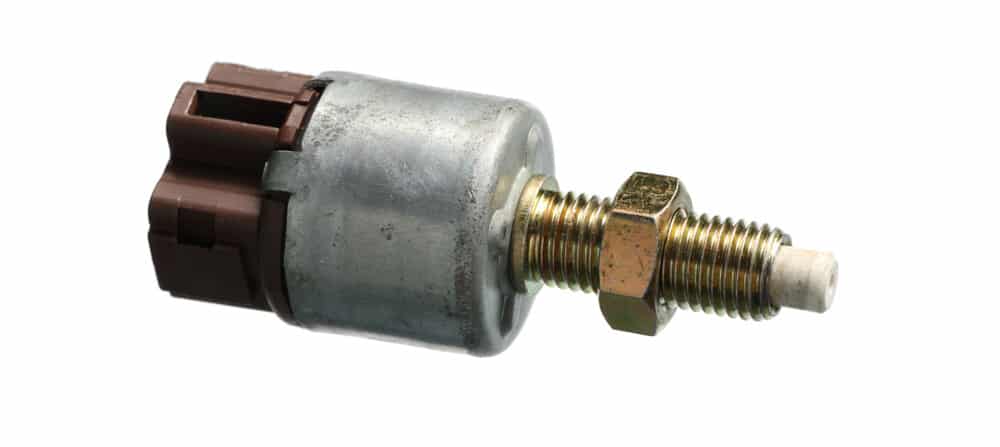
Because of the handy location of the brake light switch, it’s not difficult to diagnose or replace. You can use a multimeter to test it, and you won’t need to remove it for diagnostics.
You should always start by reading your vehicle’s service manual, especially since the procedure can be performed in two different ways. Some vehicles require checking the voltage at the switch connector while depressing and releasing the pedal. Other car models require testing the switch continuity while pushing the pedal and releasing it.
If you aren’t getting voltage to the brake light switch, the problem may just be a blown fuse. Thankfully, this is an easy fix once you figure out which fuse to replace.
You might also find that your car contains a pair of switches. In this case, you will need to test both of them. The service manual should outline the proper procedure.
Brake Light Switch Replacement Cost
To replace a brake light switch, you may spend between $75 and $350. The parts could cost you $25 to $100, while labor at a professional shop might run anywhere from $50 to $250. These prices vary depending on what type of vehicle you drive and the local shop rates.
However, it’s not hard to replace the brake light switch at home, thereby saving you money on the labor. In total, you should only need five minutes to a couple of hours, depending on the location of the switch.
While the majority of the switches are located in easy-to-access places, there are a few models that have a strange setup. There are times when you might need to remove other components just to gain access to the switch, making it more difficult to complete the job.
With that said, you should never leave a bad brake light switch unrepaired. If it’s causing the brake lights to stay on, you will drain the battery and reduce its lifespan. If the brake lights don’t come on at all, you are putting yourself in danger on the road. Additionally, you could be stuck if you can’t shift the gear selector or use the push-button start system.
For the low price associated with this repair, it only makes sense to perform it at the first sign of trouble. Considering the switch should last the lifetime of the vehicle, it’s unlikely you will have to perform the same service again.
Categories: Electric, Troubleshooting
